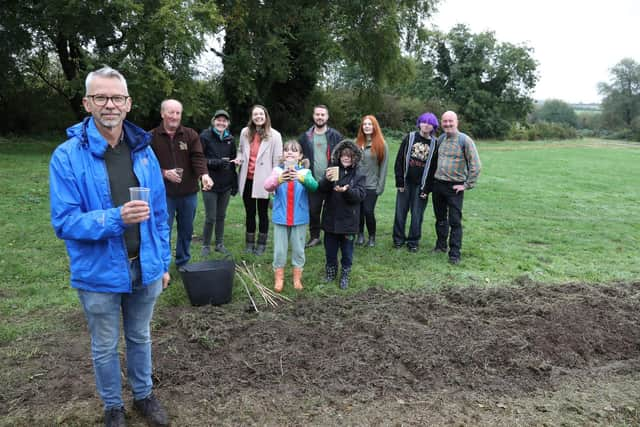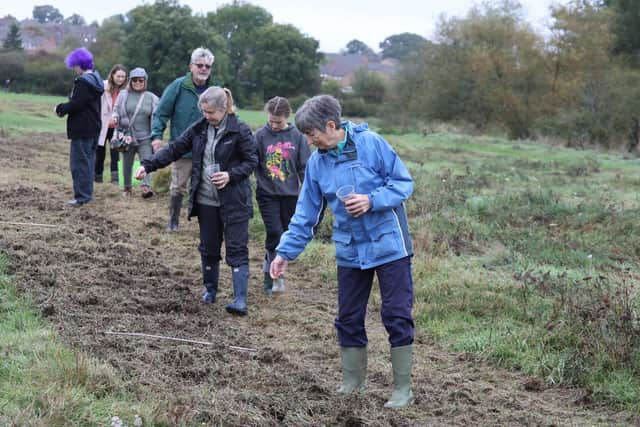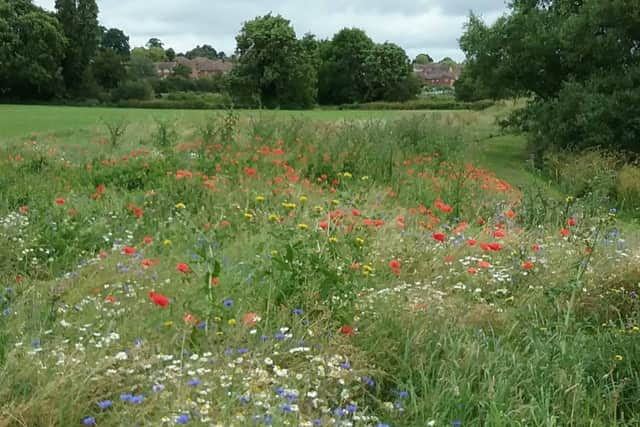Kettering's Ise Valley volunteers seed planting a blooming success
This article contains affiliate links. We may earn a small commission on items purchased through this article, but that does not affect our editorial judgement.
and live on Freeview channel 276
More than 20 green-fingered volunteers planted seeds in land next to the River Ise in Kettering to transform the grass into a wildlife-friendly flower-filled meadow.
Members of Natural Ise – a community group dedicated to improving the biodiversity and local access along the river – were joined by residents to sow seed.
Advertisement
Hide AdAdvertisement
Hide AdUsing a plan devised by Martin Toms and members of North Northants Council’s grounds staff, 2,500 sq m of grassland were prepared.


Mr Toms said: “We see it as naturalising the land. All of the fields had been cut for recreational use, but we are improving the biodiversity of the Ise Valley. It’s an easy way to bring back wildlife.
"The plants attract insects. The insects attract birds and bats and then other mammals. It will look pretty and in the spring and summer we will see the fruits of our labour.”
Natural Ise have been working on improving the valley’s bio-diversity, developing detailed plans drawn up in association with landowners and other stakeholders.
Advertisement
Hide AdAdvertisement
Hide AdPerfect for pollinators, next year visitors to areas close to Valley Walk will see 26 native British wildflower species, both perennial and annual, with a permanent area of pure wildflowers.


Flowering from May to October, it is hoped the planting will create habitats for bees, butterflies and other pollinating insects. One of the wildflowers returning to the valley will be Yellow Rattle.
Retired accountant Mr Toms, 62, said: “Yellow Rattle weakens the grass roots because it is parasitic. Wildflowers can cut down the very powerful grass. More and rarer species feed on Yellow Rattle.
“Wildlife numbers have dropped dramatically. There are 97 per cent fewer wildlife meadows now than since the end of the Second World War.
Advertisement
Hide AdAdvertisement
Hide Ad"I cannot save the world, but I can do something in my own area. As humans we don’t live on our own. We should respect creatures that have evolved. We need insects to pollinate our crops.”


Natural Ise will carry on their work in the Valley Walk area with a tree planting session on Saturday, November 25, at 10am, meeting at the Mill Bridge near Christ the King Church.
For further information about the group’s activities go to https://www.facebook.com/events/1244766319495402/?ref=newsfeed.